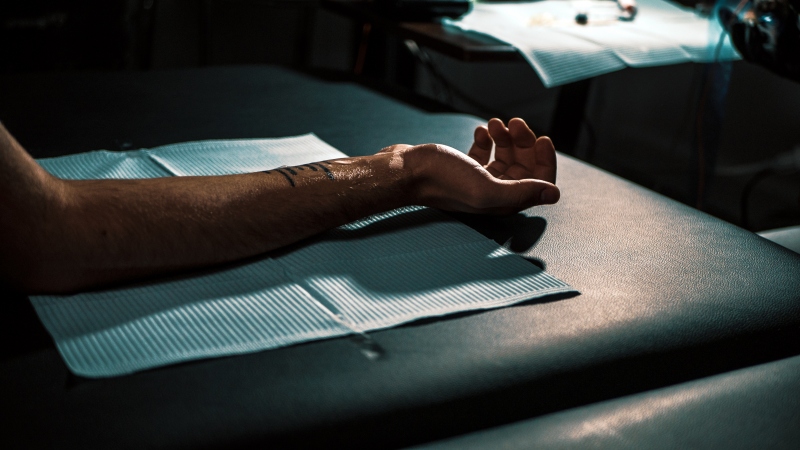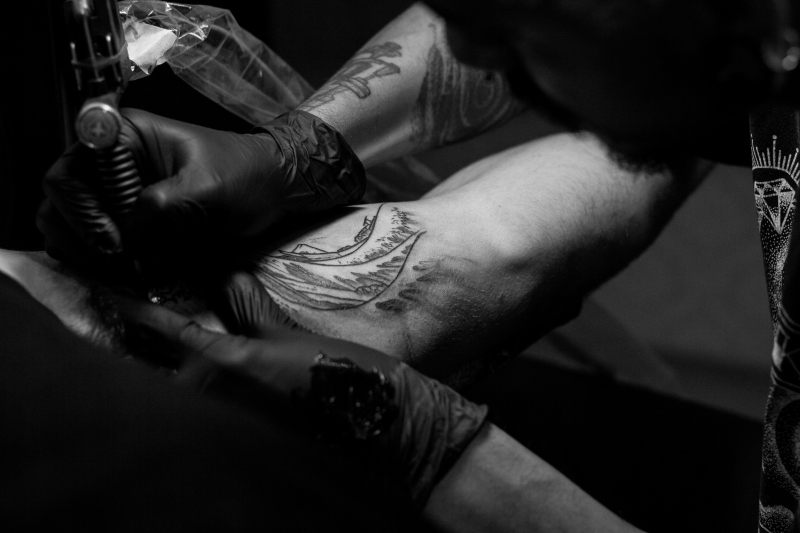
There is evidence that people have been tattooing their skin since at least 3000 BC and perhaps even before that period. This means that tattoos had great significance to ancient men and women who mostly wore them to show that they belonged to a certain clan or a tribe. Today, such a practice persists as gang members still use tattoos as visuals symbols with such power that they are worth dying for. Of course, there is a far more artistic and benign sign to tattooing that most people come into contact. The name of your ex, the memory of a loved-one or a showoff of national pride are just some of the motifs that prevail in the design of modern tattoos.
More than often, a person that gets one tattoo wants to get another one, as there are even people who have covered their biggest organ, the skin, entirely with tattoos. In other words, everybody is doing, young or old, male or female, even minors with the consent of their caretakers. However, there does exist a minority that regrets having a tattoo and they falsely believe that they are stuck with ink under their skin for the rest of their natural lives. Well, this doesn’t have to be the case since you have two basic options: to cover up the tattoo or to have it removed using a laser.
How to cover up a tattoo

The more rudimentary option to get rid of an old tattoo is to simply have it covered up. This implies making another trip down to the tattoo parlor for a final session with the artist. You could go the same person who made the original tattoo but when it comes to corrections, as experts call this procedure, it is best to seek tattoo artists who specialize in this kind of work. You can mostly find their portfolios online and based on the work they previously did which style suits your tattoo the best. Essentially, the artist is going to create a slightly bigger tattoo over the old one, incorporating it into the bigger design. The procedure itself is not much different tab the one when you got the original tattoo.
Laser removal
Usually, people who have more than one tattoo decide to cover it up because they are still pro-tattooing they just don’t like that one tattoo in particular. On the other side, you have people who regret getting a tattoo in the first place and they wish to get rid of the one they have. This is no easy task, as the ink is meant to “blend” with the skin and remain in place for decades. That is why it is necessary to undergo the laser treatment to remove all traces the tattoo from the surface of the skin.
Professionals on the job

Now, you must bear in mind that if the person drawing a tattoo can be considered as a full-fledged artist, the person performing a laser surgery should not have such vivid imagination as the need to be licensed practitioners. Your wellbeing is not to be played with, as the laser tattoo removal process needs to be carried out by professionals. This way, you will benefit from pre and post-treatment guidance you receive at the skin care clinic.
Preparation and Aftercare
This medical procedure requires you to stay off the sun for at least 4 weeks before the treatment, avoid treating your skin with chemicals, and clean shave all the hair around the tattoo. Furthermore, the post-treatment recovery can last up to a month and a half and it will require you to regularly change the dressing and apply ice packs of thee is any excess swelling and soreness in the days immediately after the procedure. You should take great care not to hit, scratch or stretch out the skin around the treated area. Finally, you need to be ready to return for several treatments because the process is not called “lightening” for thinking. Regardless of how powerful it is, the laser cannot remove the tattoo in one go, you will have to make several appointments at least two months in between each other.
Modern technology reflected in laser removal treatment has made it possible to permanently get rid of ink from under the skin. However, this does not mean that we still shouldn’t take our time before reaching the final decision to get a tattoo.




